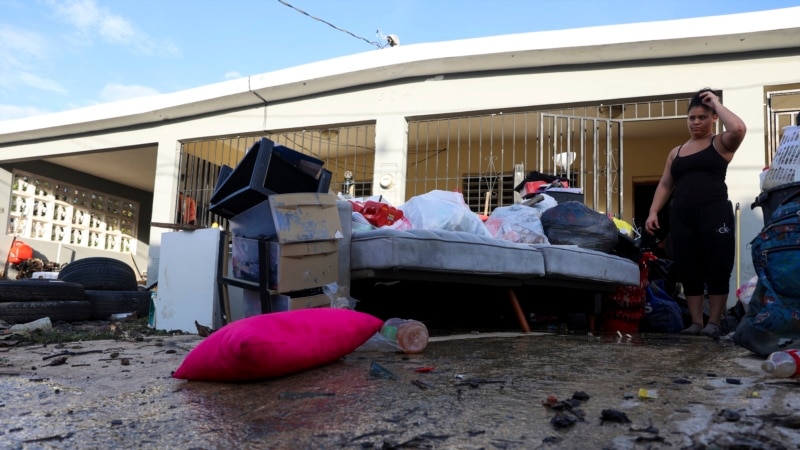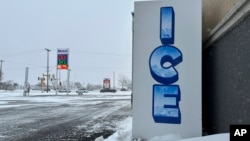A resident of the Río Piedras neighborhood in San Juan was taking out the last thing in his fridge in garbage bags on Thursday while saying out loud: “We can’t stand one more tragedy.”
There are already five days without electricity service in almost the entire island. The scourge of Hurricane Fiona last Sunday reaffirmed the fragility in which Puerto Rico remains and the precariousness in which its people have lived since the devastation left by Hurricane Maria in 2017.
Fiona made landfall at 3:20 pm on September 18 as a Category 1 hurricane on the Saffir Simpson scale. Its winds and rains caused catastrophic flooding and left more than 2,100 families in shelters around the island.
The damage caused a general blackout, and as of Thursday morning there were still 973,005 subscribers without electricity, despite the fact that the private company in charge of the transmission and distribution of energy, LUMA Energy, had anticipated a quick solution to the interruption.
Likewise, the drinking water service continues to be affected and 30% of the subscribers of the Aqueduct and Sewer Authority are still waiting for the service.
During the early morning, the heat scorches the houses and the incessant sound of the electric generators drives away sleep.
The capital was the least impacted. In the south, southwest and center of Puerto Rico, there are families still incommunicado, removing mud from their homes.
“Hurricane Fiona took away our entire home,” said Jelly Vega, a resident of Hormigueros, a municipality in western Puerto Rico. During the storm, the Guanajibo River flowed through the communities and flooded hundreds of houses, including his own. “Our home was nothing. The things that we worked so hard to achieve, the things that we fought so hard for, went with the river,” she added.
Fiona arrived on the eve of the fifth anniversary of Hurricane Maria, which caused more than 4,600 deaths in Puerto Rico. At that time, it took months—years in some remote sectors—for the power to return.
It has now become obvious that even with the passage of a lower category hurricane, Puerto Rico’s infrastructure remains weak, despite the 74,278 million dollars allocated since Maria by the federal government for recovery, of which only have been disbursed about 26,730 million dollars.
Katty, a young woman who did not reveal her last name and was standing in line to buy food, said her family lives in Yauco, in southern Puerto Rico, and her father fell in the middle of the storm. The area was inundated with 30 inches of rain from Fiona, she said.
Between several neighbors they were able to transport his father to the hospital in a nearby municipality because the emergency services were saturated with calls for help in remote sectors of the island, he said.
Cases like his were repeated on social networks, more so than during Hurricane Maria, because in the weeks after Maria there was no telephone or internet signal. This time, on the phone screen you could see children, grandchildren, friends and neighbors crying out for help, someone who could see her post and come to her rescue.
Local authorities estimate the number of people killed by direct and indirect causes of Hurricane Fiona at 12. A man was killed when a flood of water swept away his vehicle. A woman died burned by a fire caused by the candle with which she tried to light her home.
On Wednesday, the President of the United States, Joe Biden, expeditiously approved the Major Disaster Declaration requested by the Governor of Puerto Rico, Pedro Pierluisi. This will allow municipalities to access public assistance aid for response and recovery efforts from the Federal Emergency Management Agency (FEMA).
But one thing became clear to Puerto Ricans in the midst of the tragedy: “the people saved the people,” as a popular saying goes. Houses became shelters and some took to the streets with rafts to save people from flooded houses. More than 500 entities have come together to donate hot food, clothing and toiletries to those affected. In the middle of the darkness, the Puerto Ricans gave a lesson in solidarity.
Connect with the Voice of America! Subscribe to our channel Youtube and turn on notifications, or follow us on social media: Facebook, Twitter and Instagram.














Add Comment